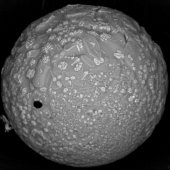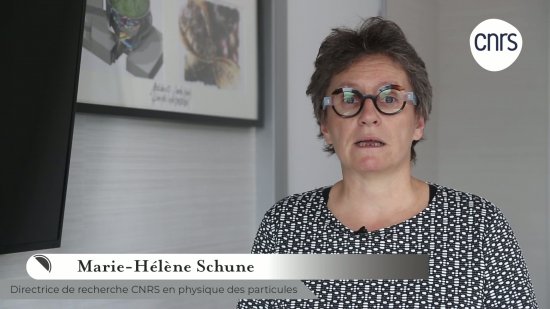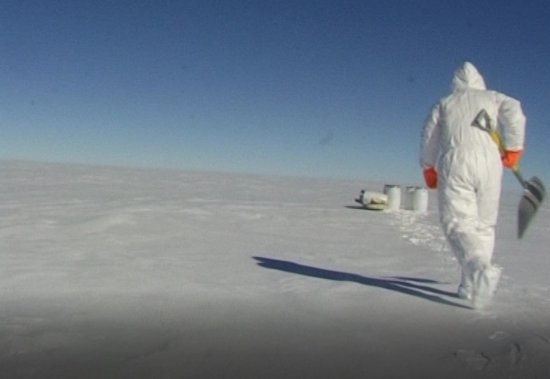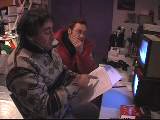
Laboratoire de physique des 2 infinis - Irène Joliot-Curie (IJCLab)
ORSAY CEDEX
The Laboratoire de Physique des 2 Infinis Irène Joliot-Curie, or IJCLab, results from the merger of five laboratories (CSNSM, IMNC, IPNO, LAL and LPT) that were close to each other geographically and scientifically. IJCLab gathers about 700 people and its identity is centered on the “physique of the two infinites” and their applications, with a wealth of subjects related to these domains of physics.


